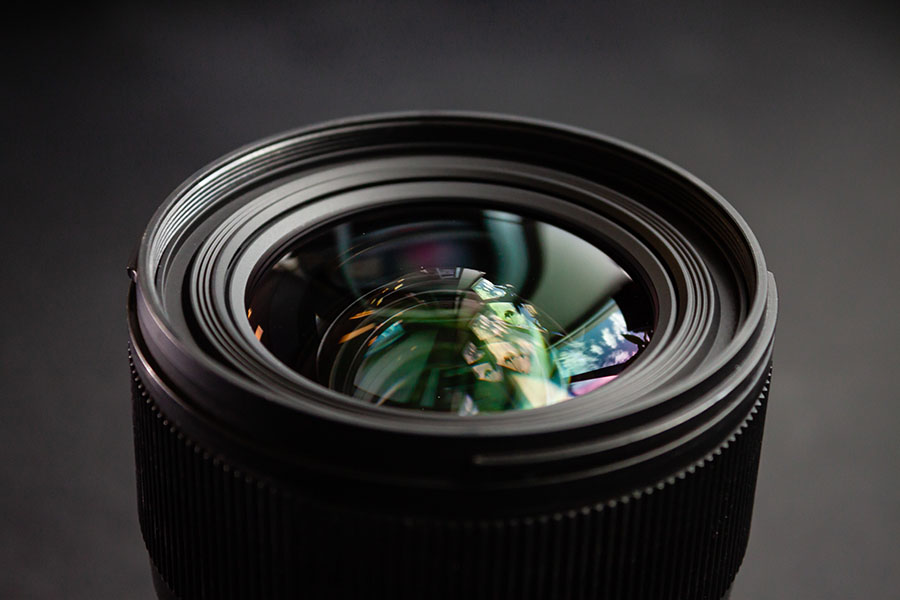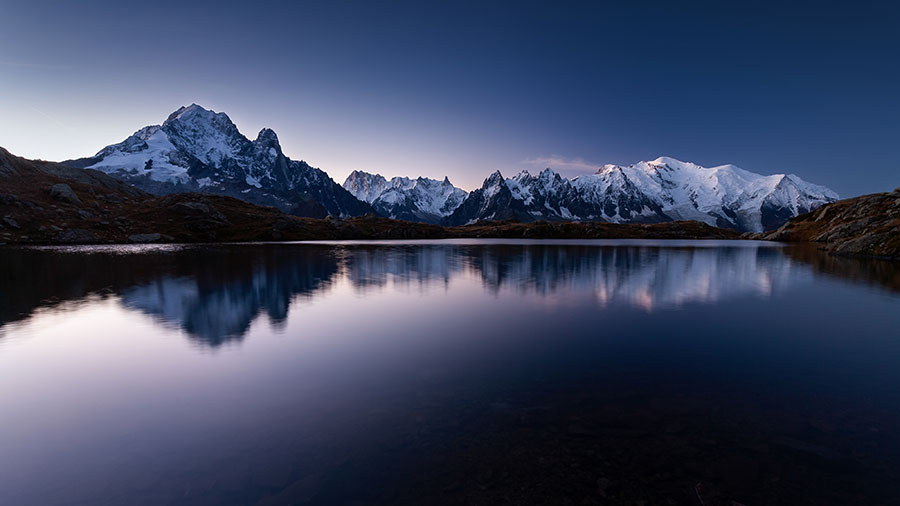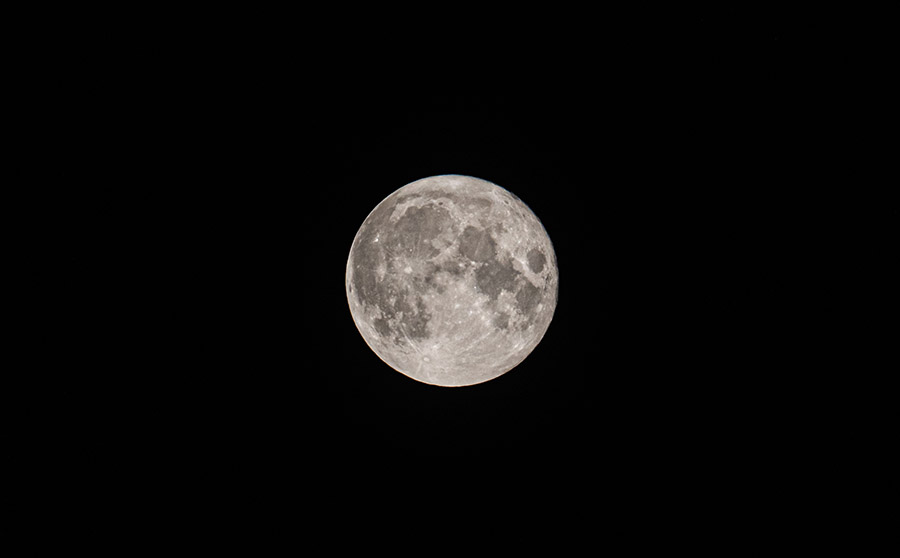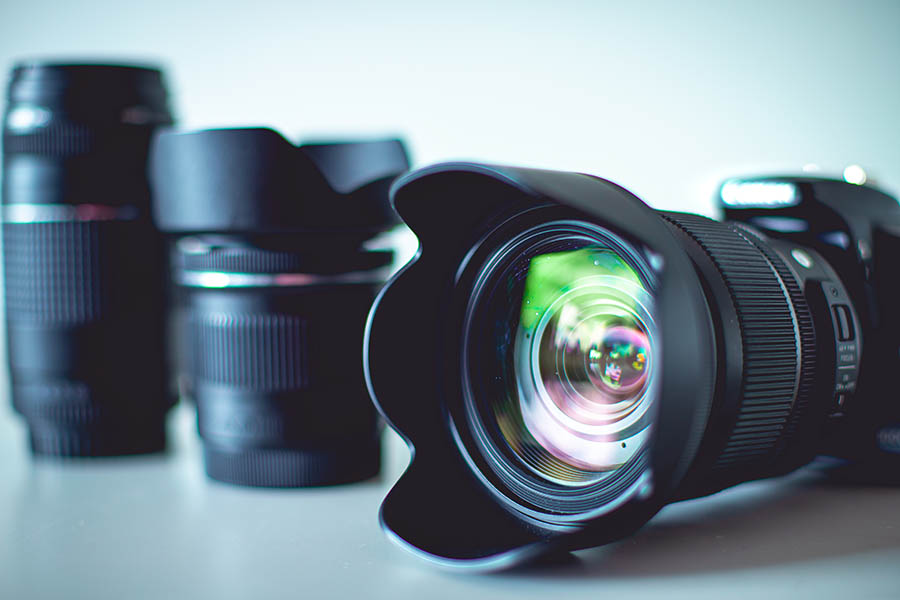When it comes to photography, one of the most important pieces of equipment you need is a good camera lens. A camera lens is part of the camera that captures the light and focuses it onto the camera sensor to create an image.
Different types of camera lenses are designed to perform specific tasks and can have a significant impact on the quality of your photographs. In this article, we’ll take a closer look at camera lenses and explore the different types of lenses available.

Understanding Camera Lenses
A camera lens is made up of several elements, including glass and plastic, which are designed to work together to create a clear image. The quality of a camera lens is determined by several factors, including the quality of the glass, the number of elements, and the type of coating used on the lens.
Camera lenses come in a wide range of focal lengths, which is the distance between the lens and the sensor when the lens is focused at infinity. Focal length is typically measured in millimeters (mm), and lenses can be classified into three broad categories based on their focal length:

Wide-Angle Lenses
Short focal length wide-angle lenses, ranging from 14mm to 35mm, capture a wide field of view. They excel in landscape, architecture, and interior photography, capturing a large area in a single frame. Wide-angle lenses also serve creative purposes, like capturing dramatic perspectives or exaggerating the distance between objects.
Standard Lenses
Standard lenses have a focal length of around 50mm and are designed to create an image that closely resembles what the human eye sees. They are the most versatile type of lens and can be used for a wide range of photography genres, including portraits, street photography, and documentary photography.
Telephoto Lenses
Long focal length telephoto lenses exceed 100mm, capturing a narrow field of view. They excel in sports, wildlife, and portrait photography as they isolate the subject from the background and create a shallow depth of field. Telephoto lenses also possess creative value, like compressing the perspective or capturing distant objects.

Different Types of Lenses
In addition to the three broad categories of lenses based on focal length, there are also several different types of lenses based on their design and function. Let’s take a closer look at some of the most common types of camera lenses.
Prime Lenses
Prime lenses have a fixed focal length and cannot zoom in or out. They are designed to provide excellent image quality, as they have fewer elements than zoom lenses. Prime lenses are typically faster than zoom lenses, which means they have a larger maximum aperture and can capture more light.
They are ideal for low-light photography, portrait photography, and street photography.
Zoom Lenses
Zoom lenses zoom in or out to capture different perspectives and have a variable focal length. They provide versatility and convenience as photographers can use a single lens to capture a wide range of shots. Zoom lenses are ideal for travel, event, and sports photography, as they enable photographers to adjust the focal length to capture different subjects quickly.

Macro Lenses
Macro lenses are ideal for nature, product, and scientific photography. They capture close-up images of small subjects, such as flowers, insects, and textures. They achieve a high magnification ratio that captures small details with great clarity.
Prime lenses typically serve as macro lenses due to their excellent image quality and sharpness.
Fisheye Lenses
Ultra-wide-angle fisheye lenses capture a field of view up to 180 degrees. This creates a distorted, spherical image that can serve creative purposes like capturing panoramic views or creating unique perspectives. They prove ideal for architecture photography, sports photography, and landscape photography.
Tilt-Shift Lenses
Specialty tilt-shift lenses manipulate the plane of focus, creating a unique depth of field. They possess two movements – tilt and shift – that adjust the lens orientation and perspective. Tilt-shift lenses are ideal for architectural, product, and landscape photography.
In addition to lens types, photographers must consider lens size when selecting a camera lens. Measured in millimeters, lens size determines the focal length, which affects the angle of view, magnification, and depth of field.

Wide-Angle Lenses
Wide-angle lenses have a focal length of less than 35mm, making them ideal for capturing large scenes and landscapes. They have a wide field of view and can exaggerate perspective, making them a popular choice for landscape and architectural photography.
Examples of popular wide-angle lenses include the Canon EF 16-35mm f/2.8L II USM and the Nikon AF-S DX NIKKOR 10-24mm f/3.5-4.5G ED.
Standard Lenses
Standard lenses have a focal length of 35mm to 85mm and are considered the most versatile type of lens. They provide a natural perspective that is similar to how the human eye sees the world, making them suitable for a variety of photography genres.
Examples of popular standard lenses include the Canon EF 50mm f/1.4 USM and the Nikon AF-S NIKKOR 50mm f/1.8G.

Telephoto Lenses
Telephoto lenses have a focal length of 85mm or more and are ideal for capturing distant subjects, such as wildlife and sports. They compress perspective, making distant objects appear closer. Additionally, they can create a shallow depth of field, isolating the subject from the background.
Examples of popular telephoto lenses include the Canon EF 70-200mm f/2.8L IS II USM and the Nikon AF-S NIKKOR 70-200mm f/2.8E FL ED VR.
Super-Telephoto Lenses
Super-telephoto lenses have a focal length of 300mm or more and are ideal for capturing distant subjects that are difficult to approach. They provide a high level of magnification, allowing you to capture fine details and textures. Super-telephoto lenses are commonly used in wildlife, sports, and news photography.
Examples of popular super-telephoto lenses include the Canon EF 600mm f/4L IS III USM and the Nikon AF-S NIKKOR 600mm f/4E FL ED VR.
Understanding the various types and sizes of camera lenses can help photographers select the right lens for their needs. It can also improve the quality of their photos and expand their creative potential.


